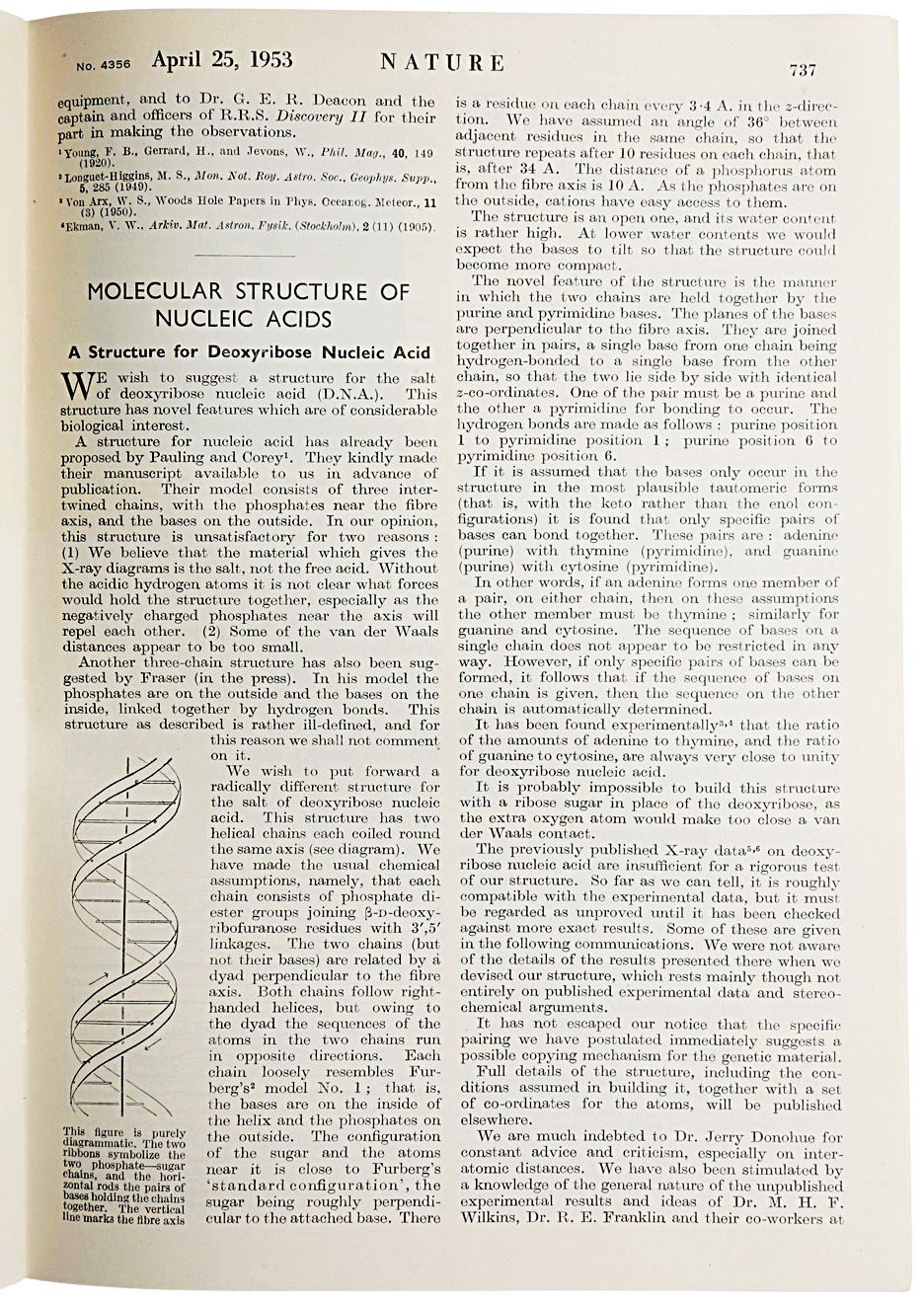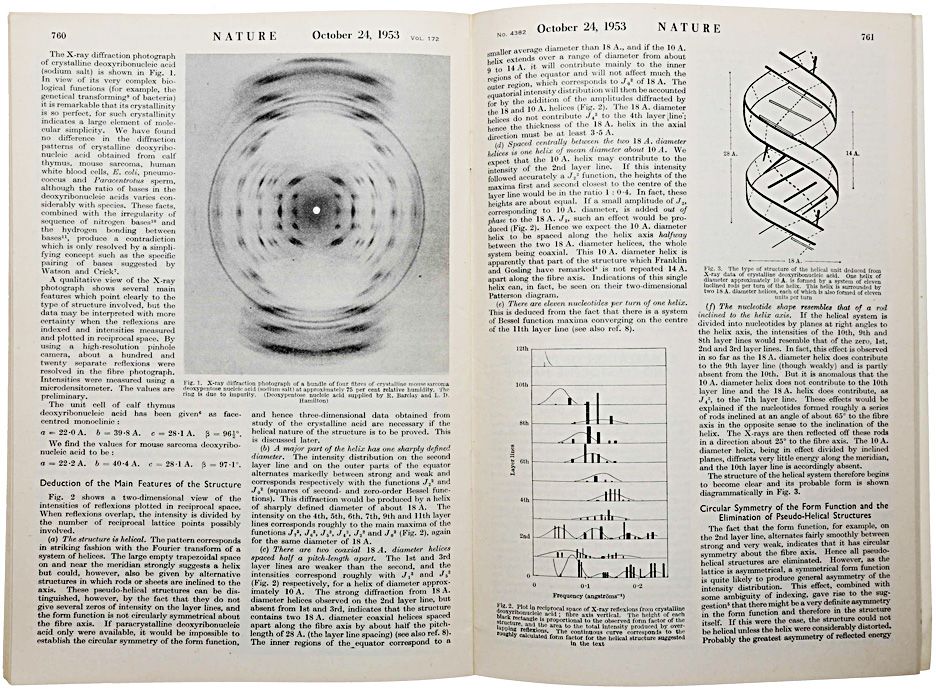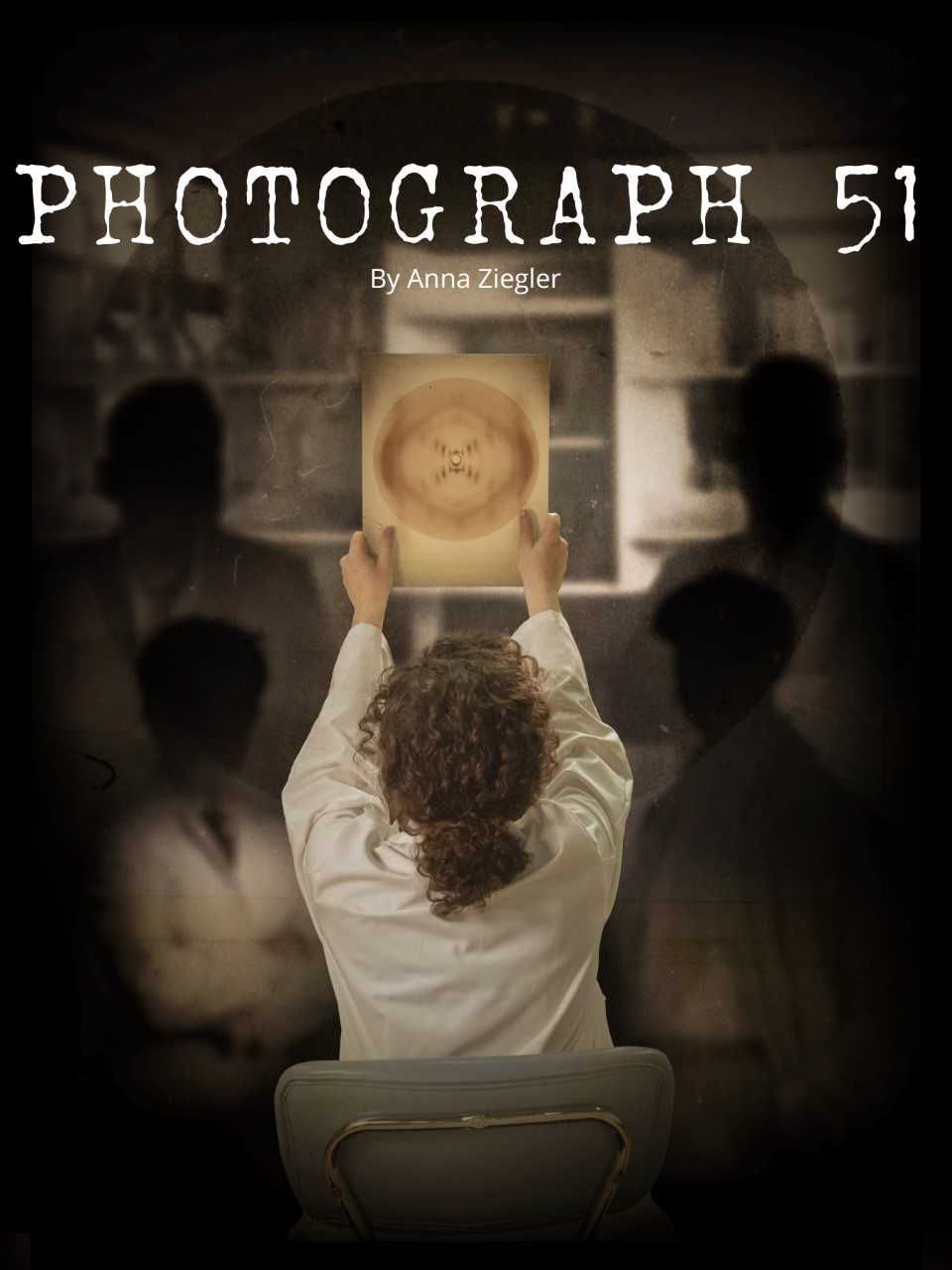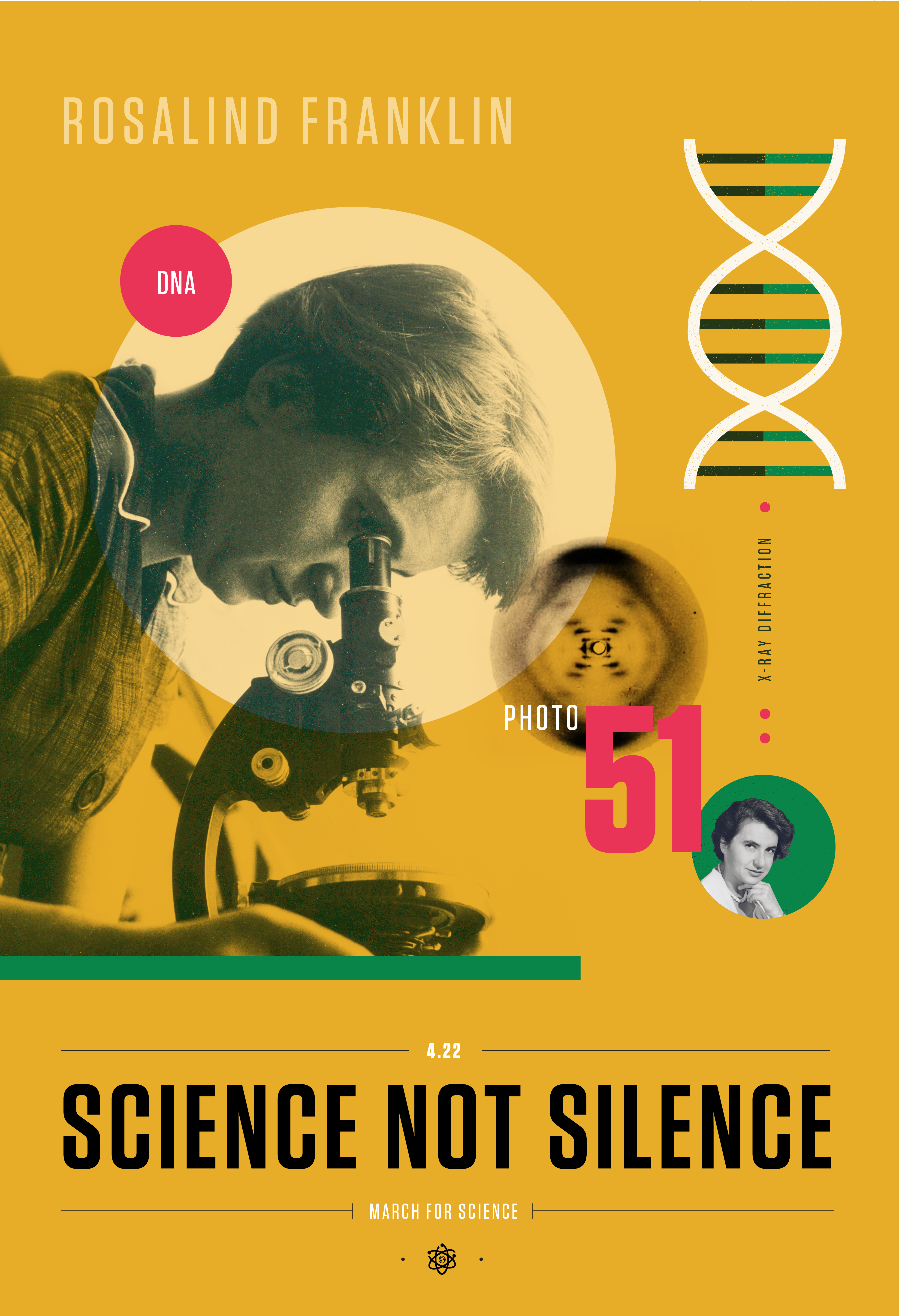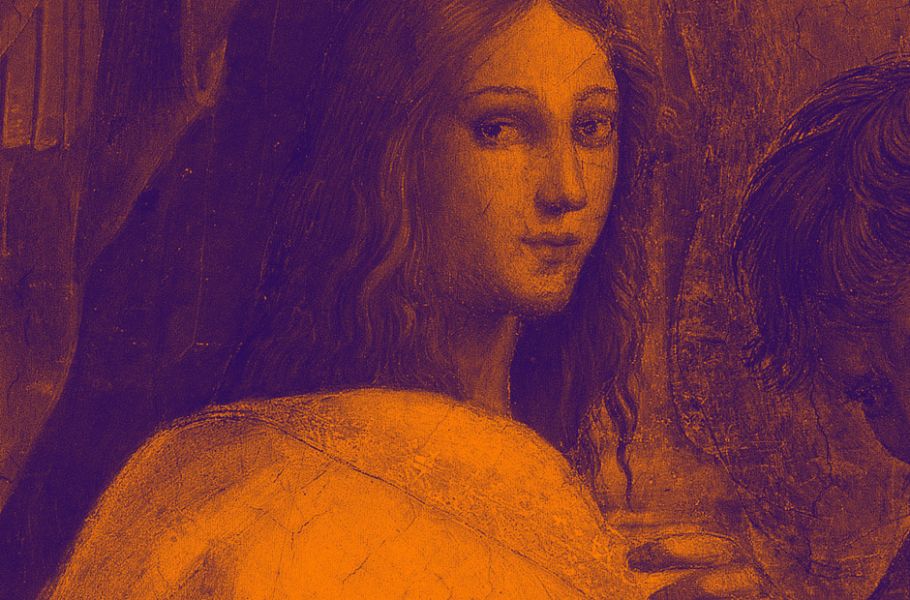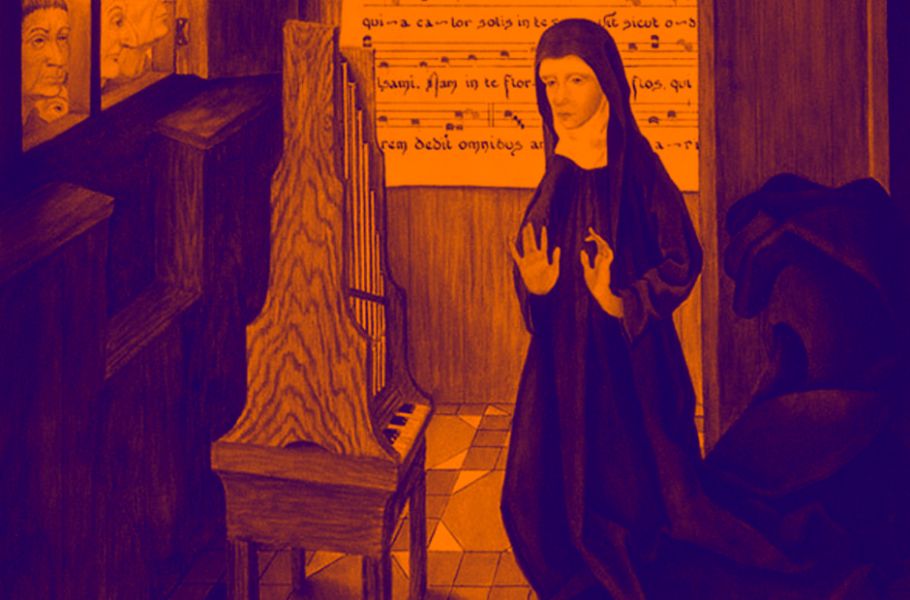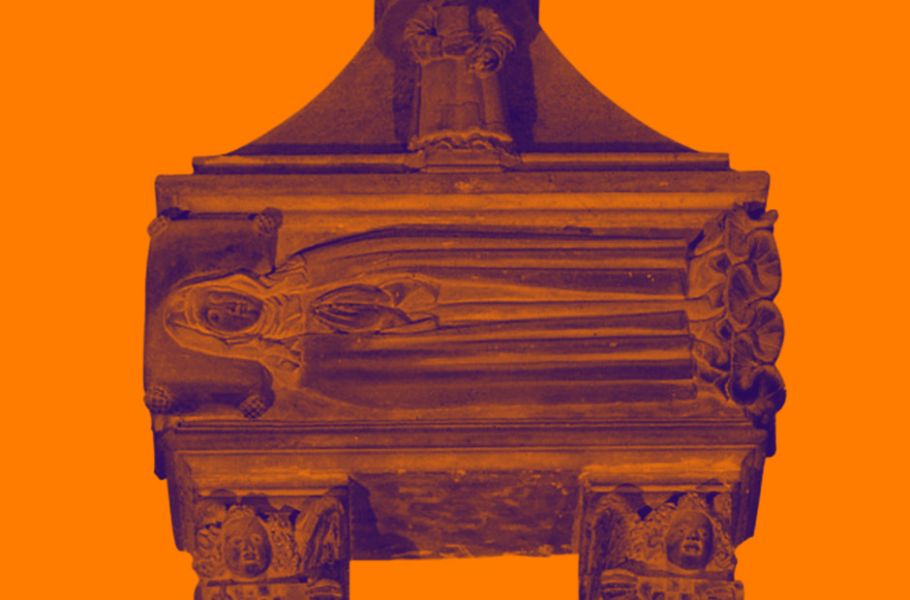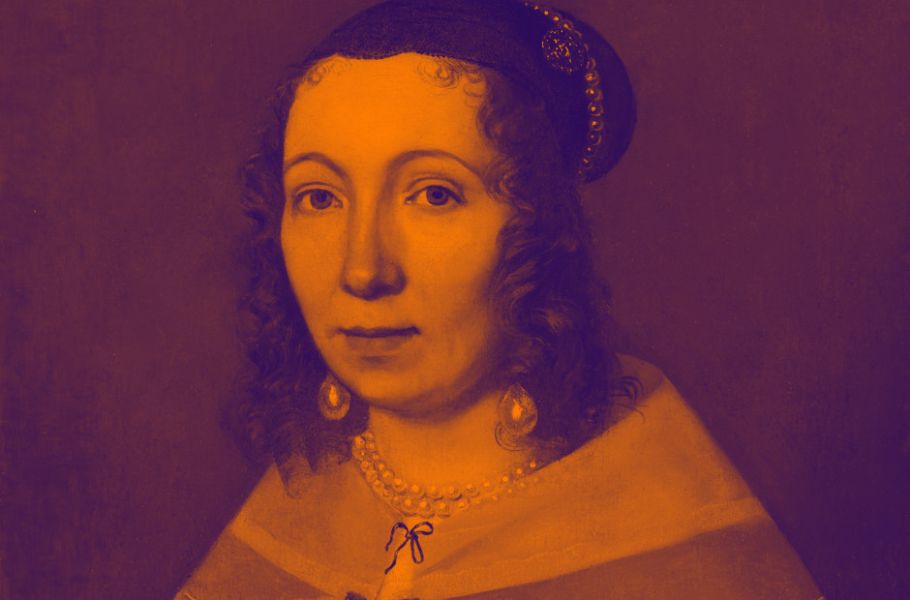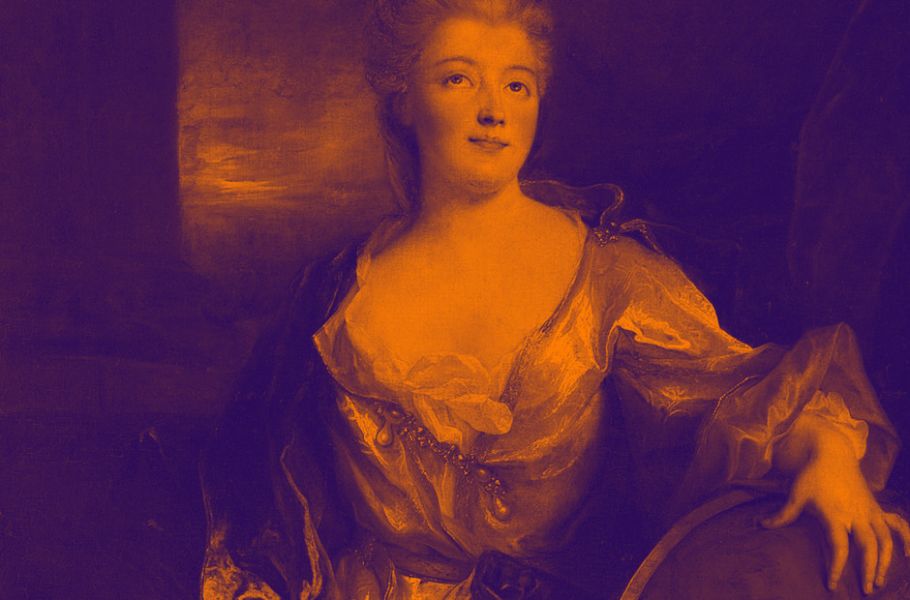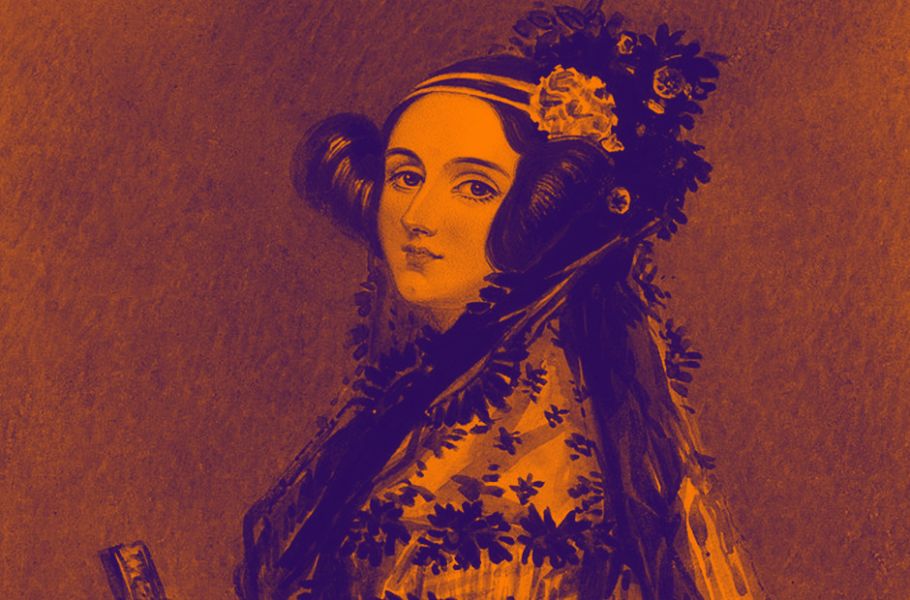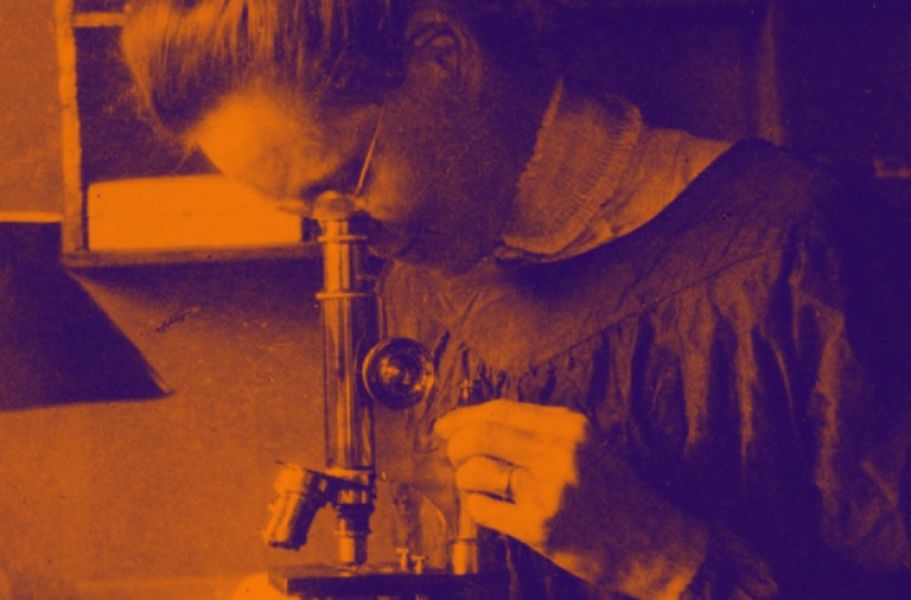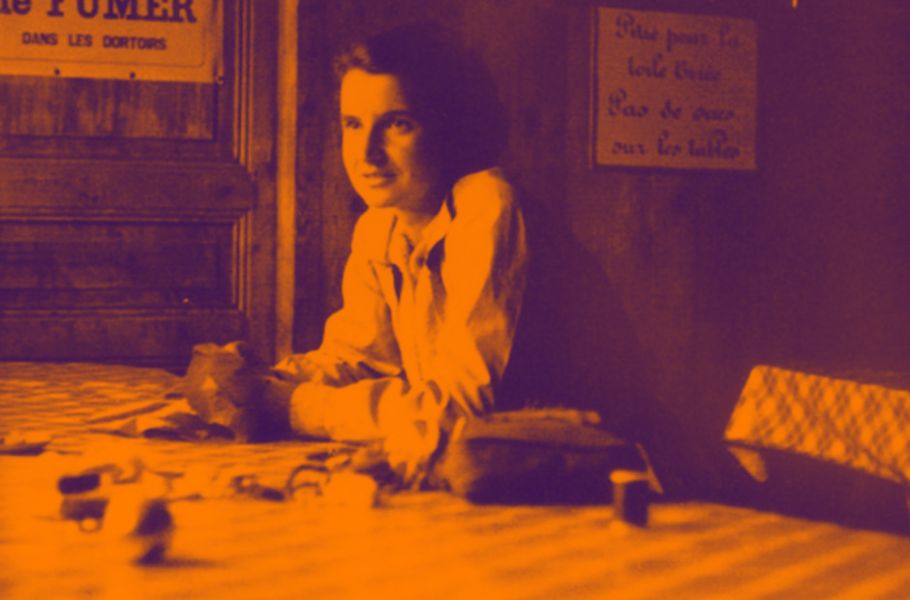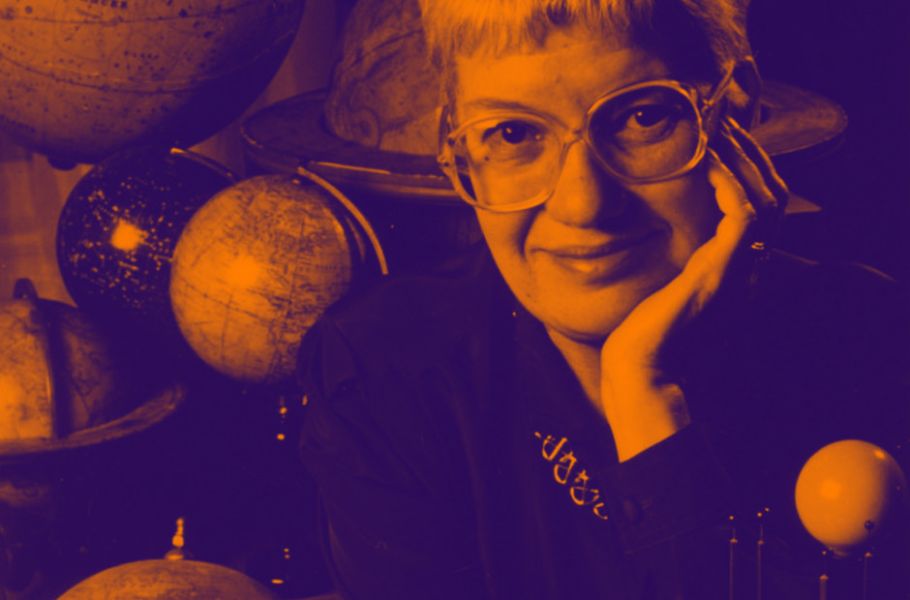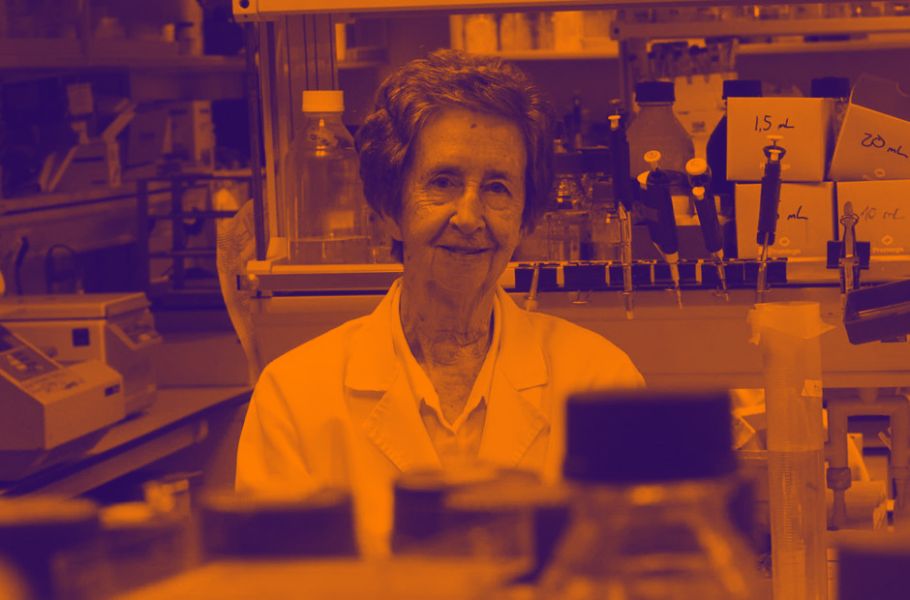-
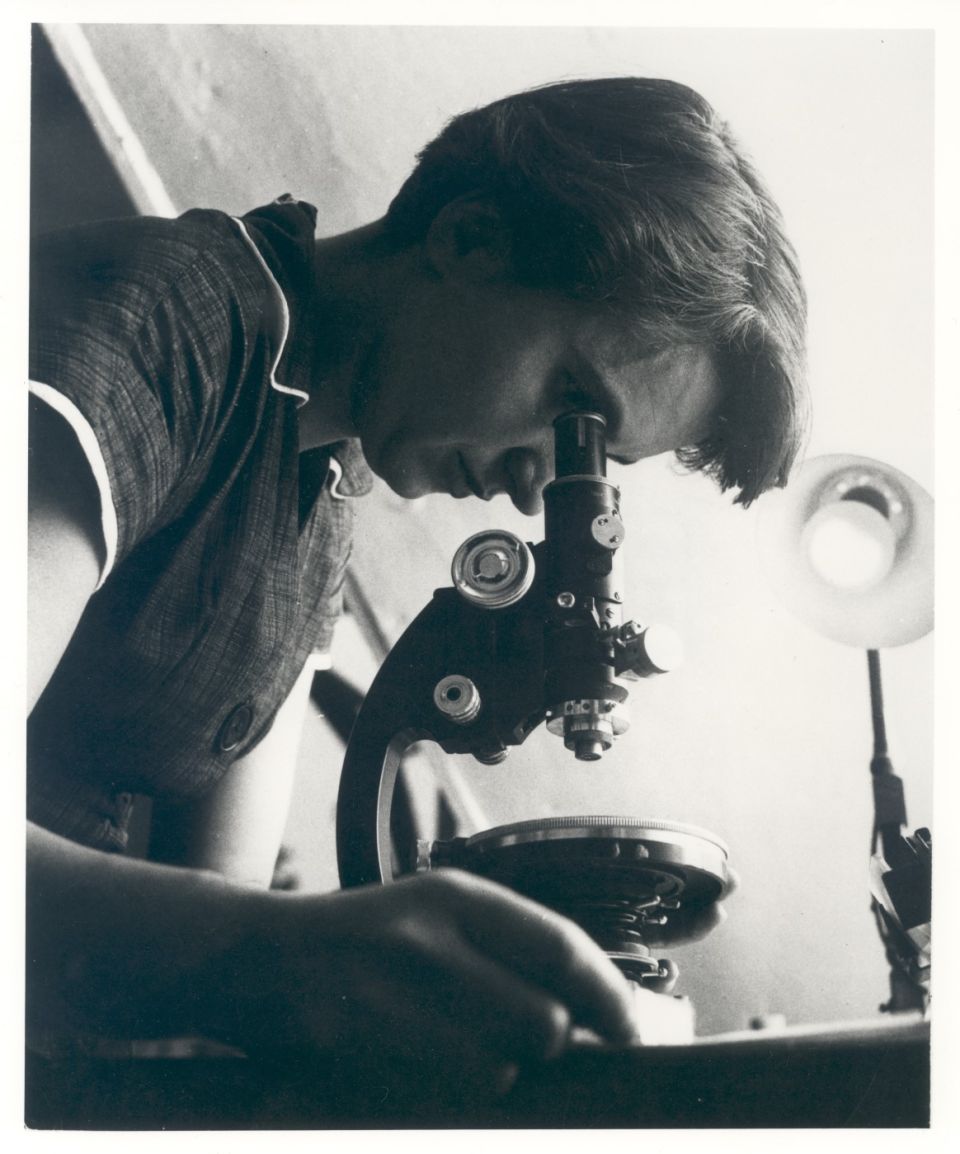
Rosalind Franklin with microscope
MRC Laboratory of Molecular Biology. Photographic Print. 1 Image. [1955]. -
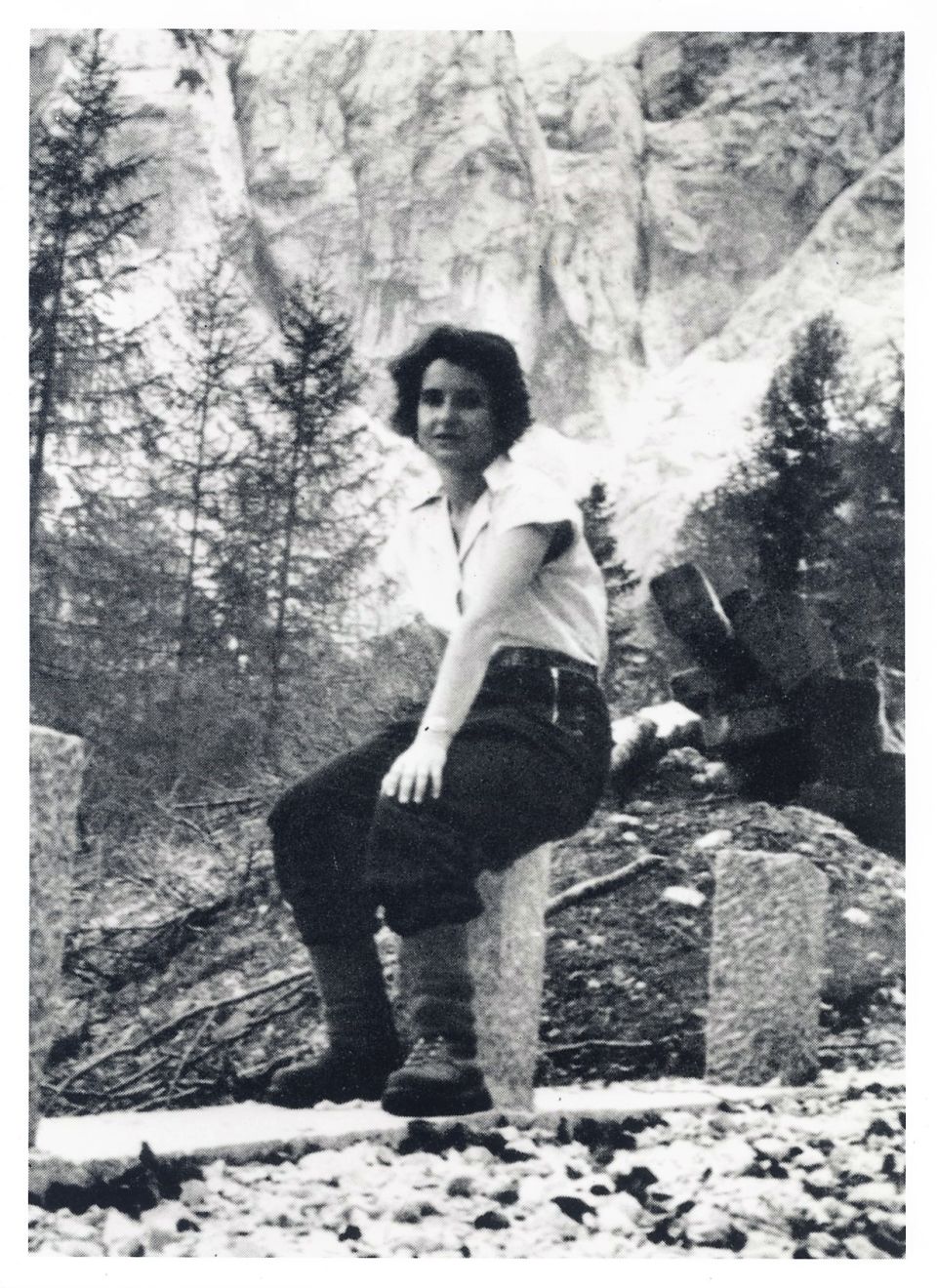
Rosalind Franklin by climbing in Norway
Photographic Print. 1 Image. [ca. 1940s]. Creator:UnknownFranklin was an avid hiker and traveler who spent most of her hiking vacation in various parts of Europe..
-
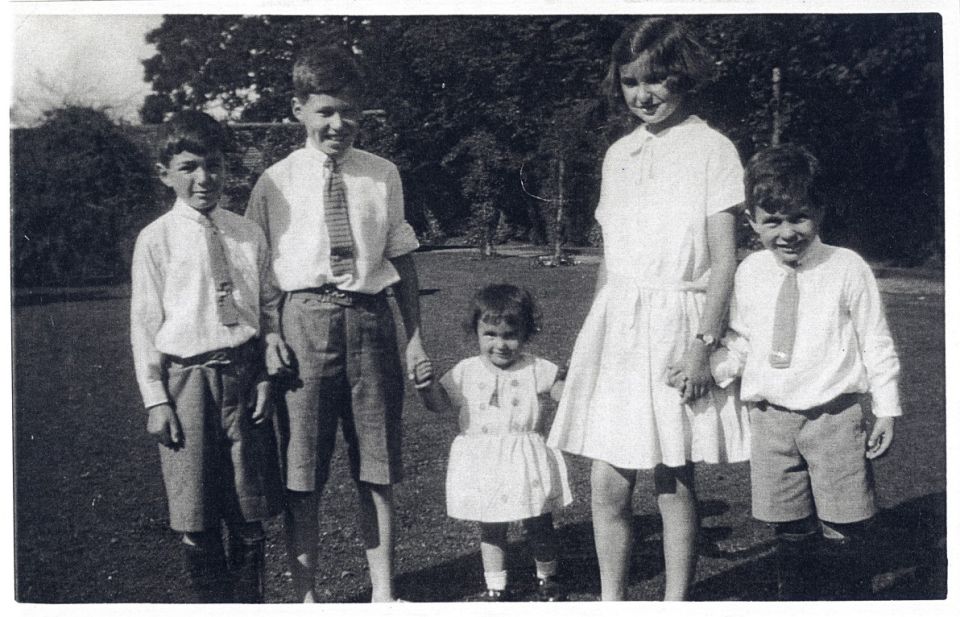
Rosalind Franklin with his brothers
Photographic Print. 1 Image. [ca. 1932].with Franklin 12 years, second from the right, with his brothers (from the left) Roland, David, Jenifer i Colin.
-
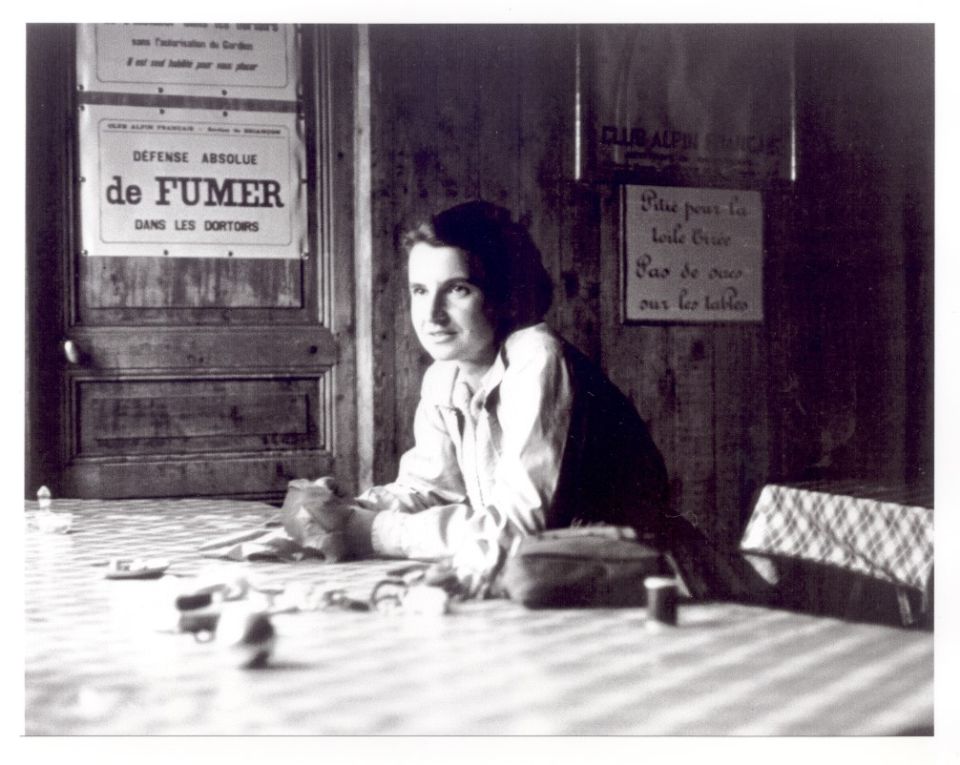
Rosalind Franklin a Paris
Vittorio Luzzati -
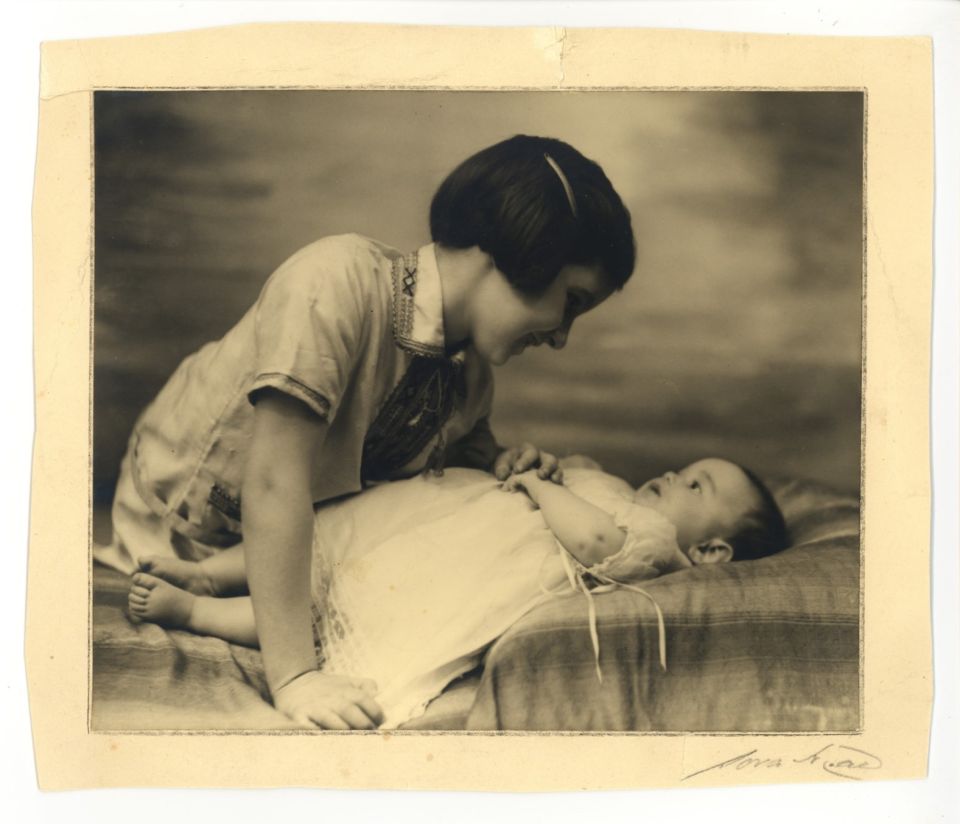
Rosalind Franklin with her sister Jenifer
Photographic Print. 1 Image. [ca. 1930].Photo: Dora Head
-
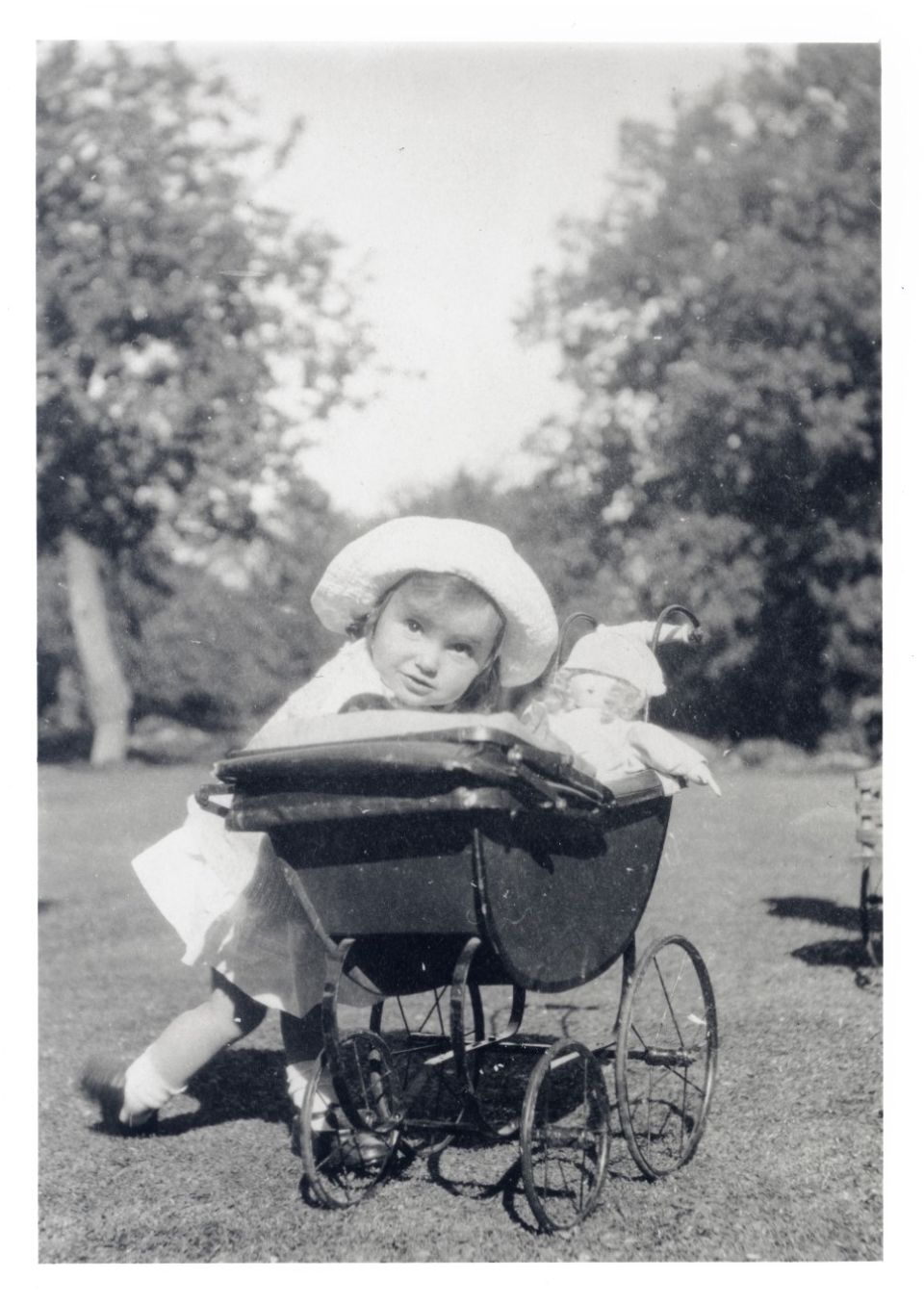
Rosalind Franklin at age 3
Photographic Print. 1 Image. [ca. 1923]Although shown here with a shopping dolls and toys, Franklin always preferred playing in the small shop that his father was prepared for children
-
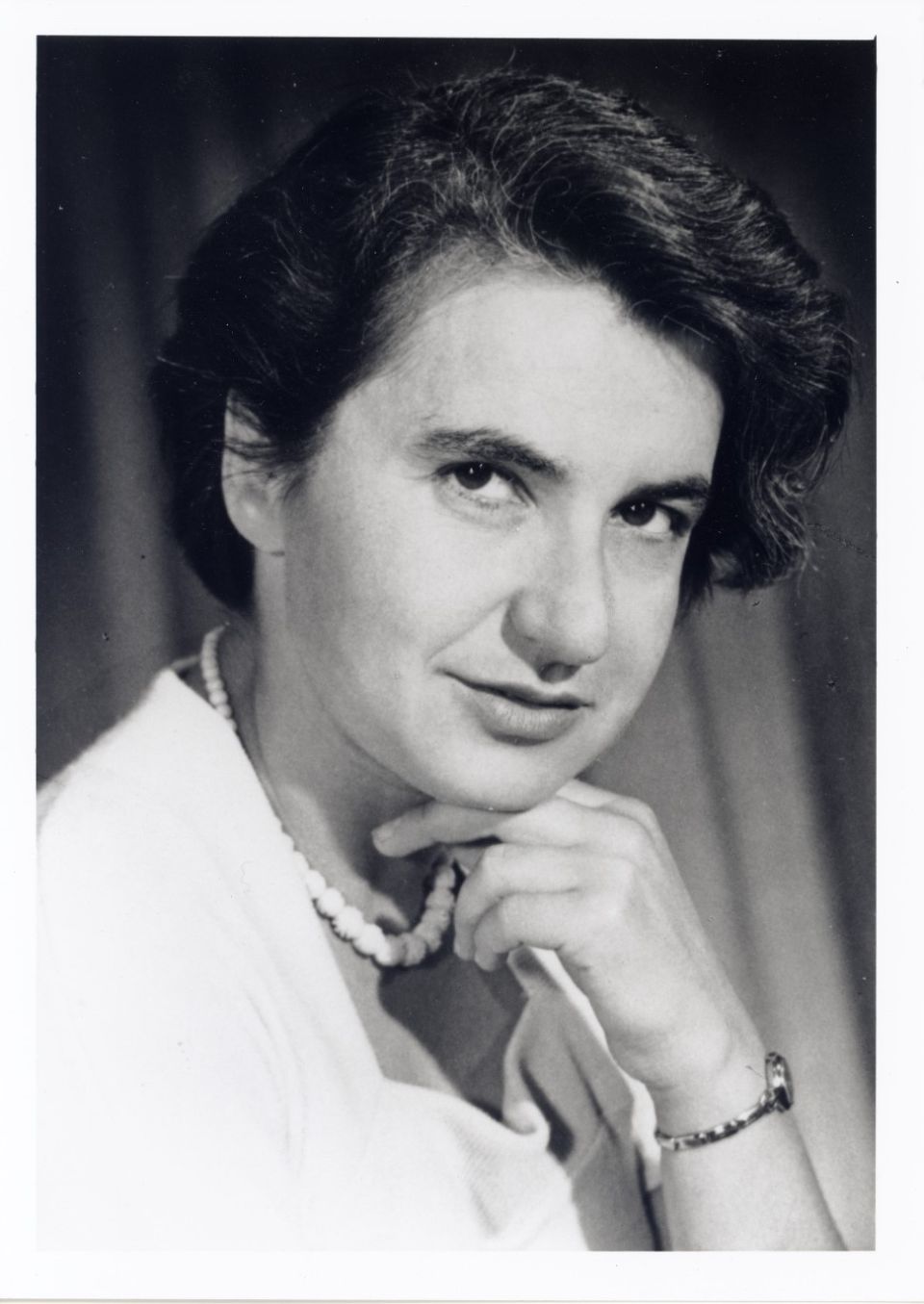
Rosalind Franklin
Photographic Print. Portrait. 1 Image. [ca. 1956].This portrait of Franklin was taken on the year of his second visit to the United States.
-
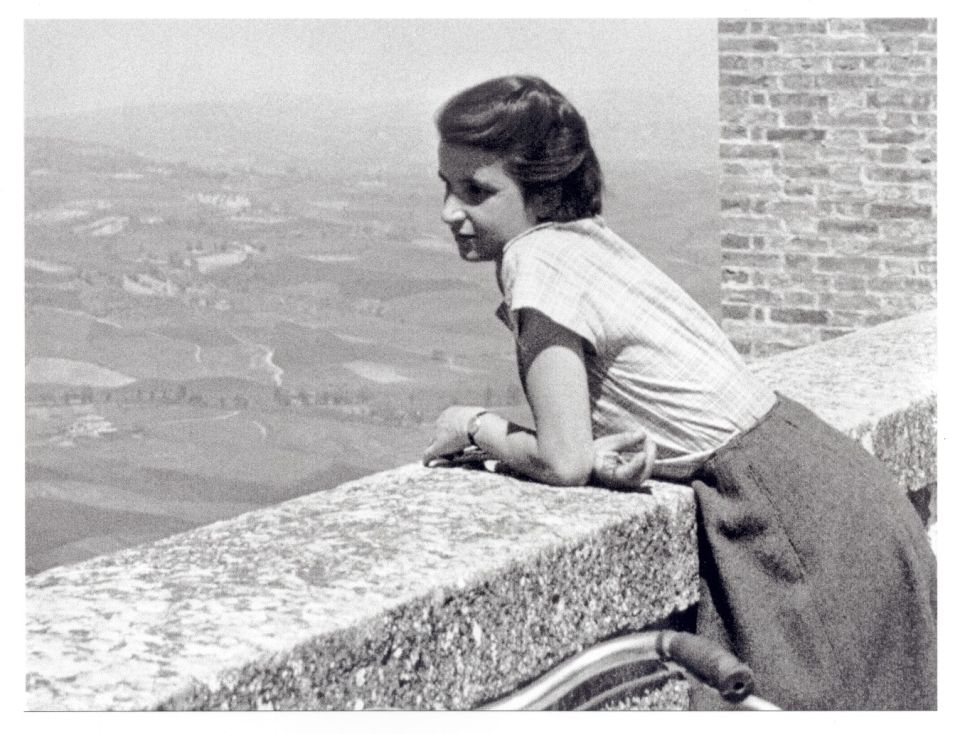
Rosalind Franklin on vacation in Tuscany
Photographic Print. 1 Image. [Spring 1950] Luzzati, Vittorio.Franklin was an avid hiker and traveler, and used to spend holidays on foot or by bicycle with family or friends as Denise and Vittorio Luzzati.
-
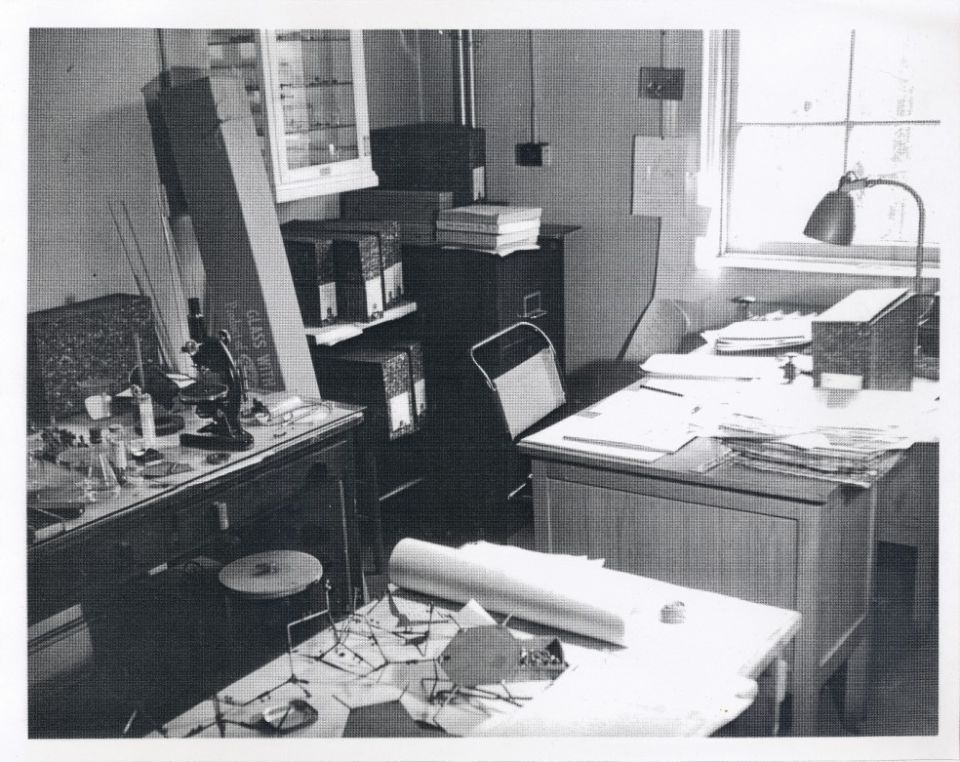
Rosalind Franklin’s lab at Birkbeck College
Finch, John, and MRC Laboratory of Molecular Biology. Photographic Print. 1 Image. [ca. April 1958]He laboratory Franklin's Birkbeck College (photographed shortly after his death) was in the fifth floor of an eighteenth century house that was damaged in a bomb Torrington Square. Its X-ray equipment was in the basement, what had been the kitchen. The building has been destroyed.
-
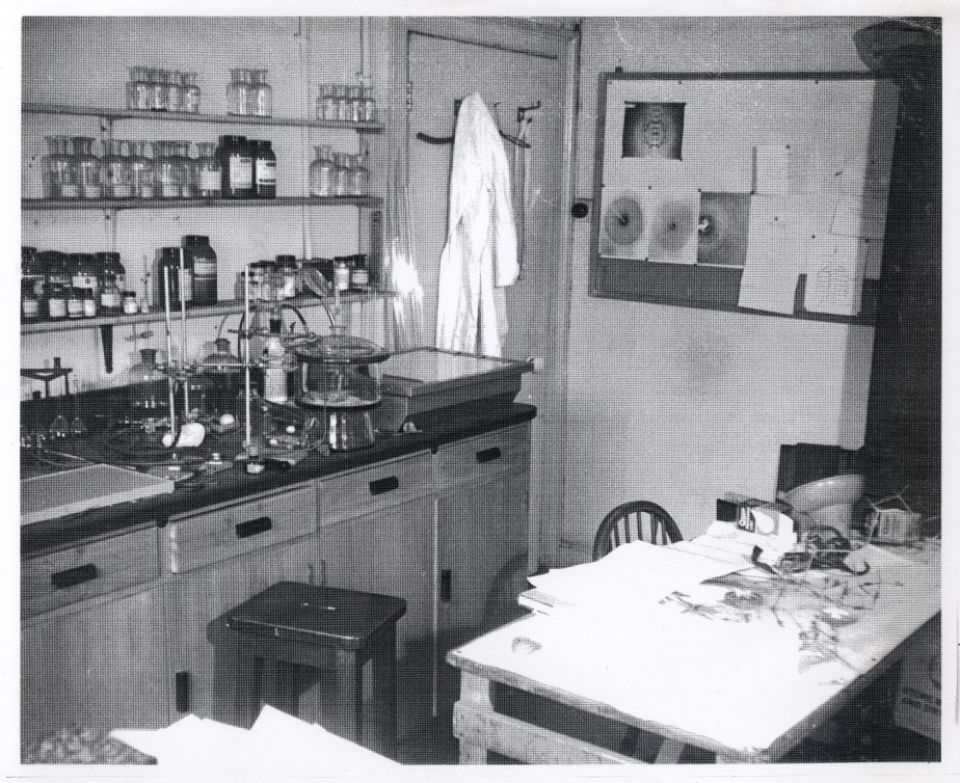
Rosalind Franklin’s lab at Birkbeck College
Finch, John, and MRC Laboratory of Molecular Biology. Photographic Print. 1 Image. [ca. April 1958]. -
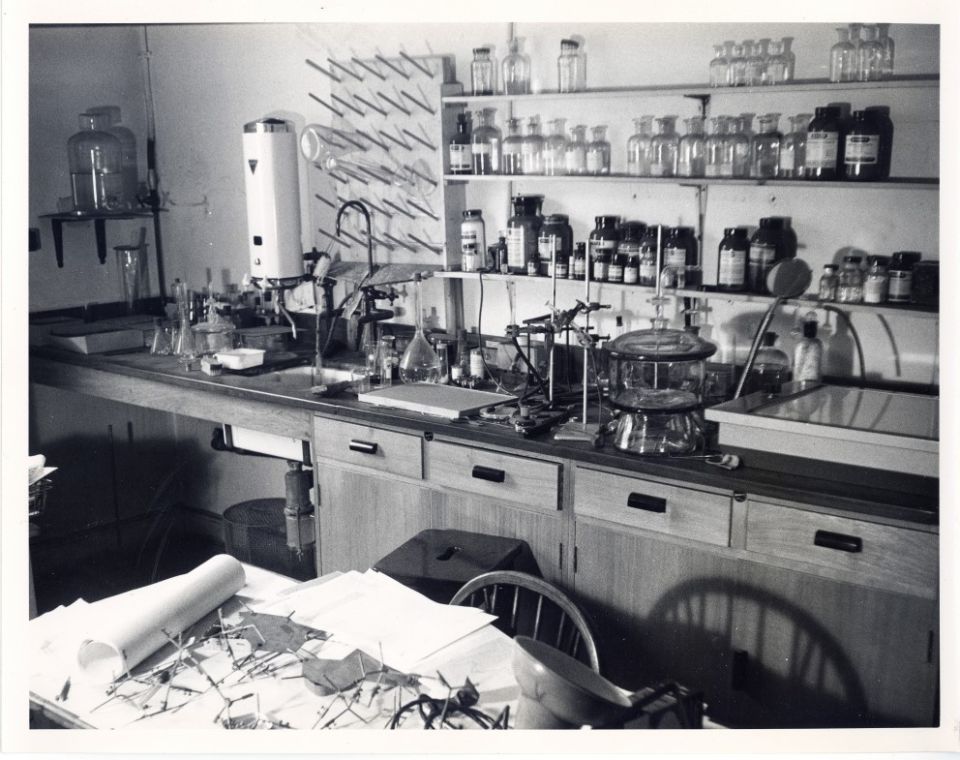
Rosalind Franklin’s lab at Birkbeck College
Finch, John, and MRC Laboratory of Molecular Biology.. Photographic Print. 1 Image. [ca. April 1958] -
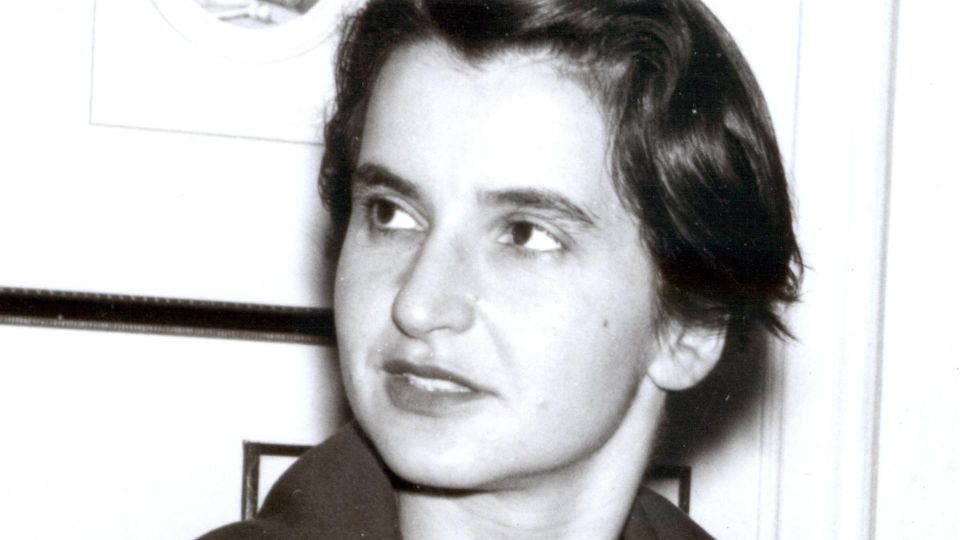
Rosalind Franklin
Rosalind Franklin
Notting Hill, London, England
1920-1958
-
occupation
X-ray crystallography -
area
X-ray diffraction
-
nationalityRegne Unit
-
Acknowledgments
For the three winners of the Nobel Franklin seemed to have become invisible. His work on the structure of DNA was despised and silenced. He 1975 a friend of Rosalind, Anne Sayre, will publish the book Rosalind Franklin and the DNA to present to the public the truth about Rosalind. Other friends and collaborators also wrote in his favor. Occasionally appears a new book that contributes to the controversy or claim the name of Rosalind for the history of science.
There was also talk of her being a woman, his difficult character and that the time was not well seen that had no family and was dedicated to science. He 2002 Brenda Maddox published Rosalind Franklin; The dark lady of DNA. Also Maurice Wilkins, perhaps the main hurdle Rosalind had at King’s College, finished writing 2003 a book autoexculpatori, The third Man of the Double Helix. [1]
Photography 51
One of the X-ray diffraction images that Rosalind has marked a milestone in the history of biology, in it the helical shape of the DNA strands can be seen. Without permission, his co-worker Wilkins takes the liberty of showing the snapshot to Watson, who later claimed to have been left “speechless” see it.
photography 51 is the confirmation of the theory of Watson and Crick, who are in a hurry to publish it in 1953, a marginal mention Rosalind Franklin, Part of the work also appears in the same edition of Nature. Later Arthur Kornberg, disciple of Severo Ochoa, would provide definitive experimental evidence of the model’s accuracy (by receiving the Nobel Prize for Medicine 1959 along with his mentor). [2]
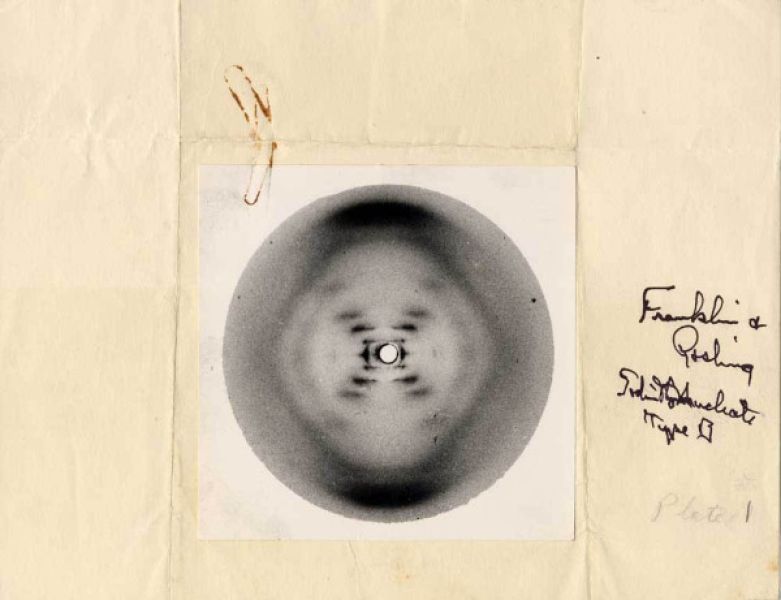
photography 51. The authors are identified on the right: Franklin i Gosling
Raymond Gosling, a 1950 graduate student, supervised by Maurice Wilkins, took an X-ray photograph of a DNA fiber, the image that inspired the young James Watson when Wilkins was presented to a conference in Naples. The most famous “photo 51” was taken in May 1952 Gosling also, Already at that time assigned to Rosalind Franklin [3]
The DNA Double Helix Discovery
This video tells the story of the scientists involved in the tests and one of the most important scientific missions of the twentieth century: the discovery of the structure of DNA.
Science and everyday life can not and should be separated. The science, for me, provides a partial explanation of life. To the extent it is based on facts, experiences and experiences … I agree that faith is essential to the success of life, but I do not accept your definition of faith, in other words that is, the belief in life after death. In my opinion, all that is necessary for faith is the belief that, doing our best, we will approach success and the success of our goals (improving humanity, present and future) worth achieving
FREQUENTLY ASKED QUESTIONS

DNA was first identified in the late 1960s 1860 by Swiss chemist Friedrich Miescher

Crystallography
references
- Rosalind Franklin (1920-1958) History of Medicine
- The story of Rosalind Franklin and photography 51 Blogthinkbig
- Professor Raymond Gosling, DNA scientist – obituary The Telegraph












